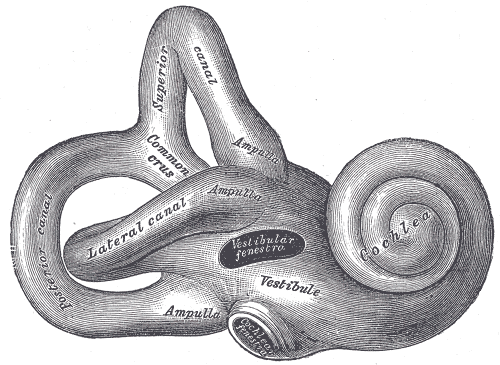
If you want to know why hearing and communication neuroscience matters, meet Richard Reed. A musician who lost his hearing for nearly a decade, Reed received a cochlear implant and successfully continued his career as a professional pianist and organist. He will be speaking and performing at 4 p.m. on August 22 on the University Park Campus to celebrate the start of the academic year and the renewal of the Hearing & Communication Neuroscience (HCN) training grant at USC.
Funded by nearly $1.5 million from the National Institutes of Health (NIH), the renewed training grant (number 2T32DC009975-06) will continue to provide two years of support to two postdoctoral fellows and four PhD students until 2019. The USC Dornsife College of Letters, Arts and Sciences provides two years of support for a fifth PhD student.
This specialized training has launched the careers of a series of students and postdoctoral fellows in stem cell biology and regenerative medicine, neuroscience, linguistics, psychology and biomedical engineering.
“Postdoctoral trainees from the HCN program have gone on to premiere faculty positions, such as Cornell and the University of Delaware, and one of the physician scientists has gone on to a staff scientist position at NIH’s National Institute on Deafness and Other Communication Disorders,” said Neil Segil, co-principal investigator (PI) on the grant and professor of research in the departments of Stem Cell Biology and Regenerative Medicine and Otolaryngology — Head and Neck Surgery. “And the graduate students, by and large, have gone off to do further training as postdocs at other leading institutions.”
Professor of Biological Sciences Sarah Bottjer serves as the other co-PI on the training grant. The program’s 18 official faculty mentors — called preceptors — hail from the Keck School of Medicine of USC, the USC Viterbi School of Engineering, and USC Dornsife. The program also has strong ties to clinical practice through the Department of Otolaryngology and the USC Center for Childhood Communication, located at the John Tracy Clinic, an audiology center for children with hearing loss.
The grant also funds programs for all USC graduate students with an interest in the field. Students from across the university participate in a monthly dinner meeting featuring an outside speaker, an annual retreat at the USC Wrigley Institute for Environmental Studies on Catalina Island, and a biannual course about hearing and communication neuroscience (BISC 521/ NEUR 542).
“The big picture is that hearing and communication neuroscience is a pretty small field, and there are very few places in the United States where there is a concentration of scientists as large as there is at USC,” said Segil. “There’s still a huge unmet need from an educational standpoint, so support for the next generation of researchers is incredibly important.”
For more information, visit dornsife.usc.edu/hcn.
